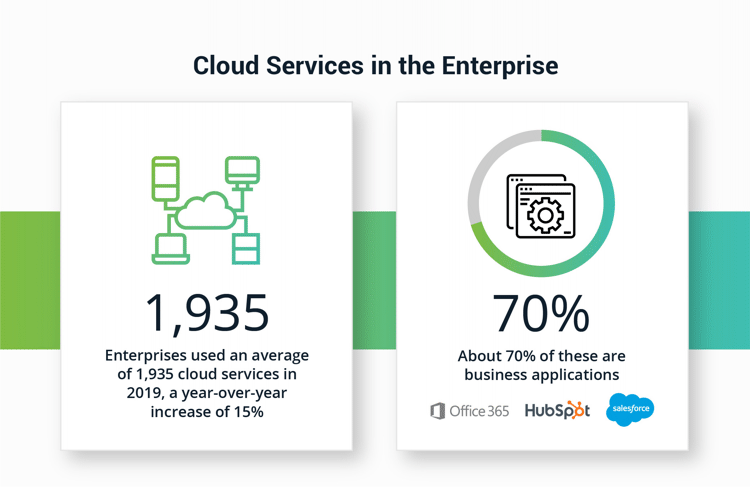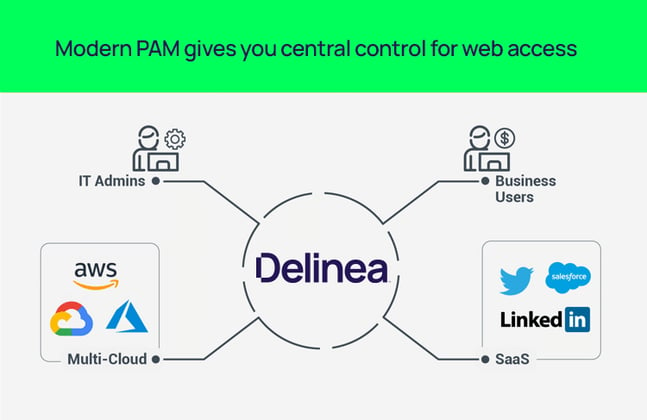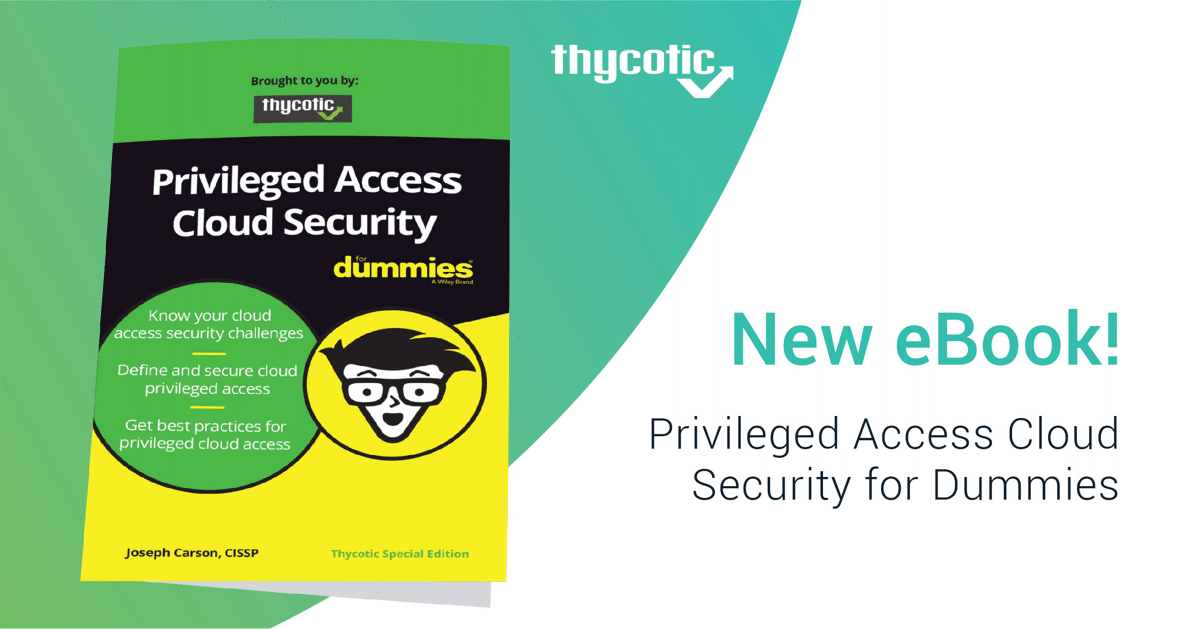What are your options to reduce risk?
Many organizations have challenges applying consistent access security policies across all applications, so users are often left to make decisions on their own. You likely have many questions to help you make the right choice. The ones listed below are the most common questions we hear.
Should I allow users to choose and maintain their own passwords for SaaS and web apps?
No, you shouldn’t.
Unfortunately, users are notoriously bad at coming up with strong passwords, and even worse at regularly rotating them. Some web apps enforce password complexity and rotation rules; many do not. (Use Delinea's tool to create strong passwords.)
Left to their own devices, users are likely to store passwords for web apps in their browsers. Unfortunately, hackers have become adept at extracting browser-stored passwords. Browsers weren’t built to be password managers. Browser-stored passwords may make it faster and easier to log in to resources, but are again, notoriously easy to steal.
- Browsers typically don’t use strong encryption for passwords.
- Inspector tools make it easy to reveal browser-stored passwords and require zero programming knowledge.
- Password recovery tools can easily find these passwords.
- Users rarely monitor or change passwords once they store them in their browser.
If the same password is used for many applications, the danger can spread. If users have local admin rights on their computers, a stolen password can provide the keys to your entire network.
What if I try and manage each app’s access control individually?
It’s going to be difficult and time-consuming.
To keep track of user accounts and establish a standard approach, some organizations will pass along the responsibility of maintaining each app’s access control separately. In practice, this means IT operations teams must either manually or programmatically create user roles and permissions inside of each application. Then, your organization has multiple user identities, usernames, and passwords tied to each individual for IT to track outside of Active Directory. This approach is resource-intensive, error-prone, and very difficult to keep in sync.
Single Sign-On (SSO) should work for web applications, right?
Well, maybe.
SSO platforms exist to serve as a bridge between apps and environments. For those SaaS and web applications that provide integration points for SSO platforms, SSO can streamline and simplify the process of maintaining user identities and managing permissions across many environments and third-party sites.
There are downsides to this approach, though.
- SSO must be configured uniquely for every SaaS web app. It is both time-consuming, and, as mentioned above, IT teams aren’t even aware of all the sites used by employees. This is especially true of custom, legacy, social media applications, and services.
- There are many enterprise-grade SSO providers and solutions, such as Directory Services, Okta, and Ping Identity, but not all third-party apps work with all major providers. The providers are usually competitors seeking to lock customers into the provider’s own ecosystem, so they are often purposely not interoperable with each other. If your organization has standardized on one SSO platform, you may not be able to integrate with all platforms, SaaS, or web apps. This is especially true of custom, legacy, social media applications, and services.
Should I create shared accounts and groups that can be used to access an app?
Perhaps.
If you’re using SSO, rather than managing unique account credentials for each user, you could assign each user an account, associated with a shared role, then the shared role would have a login that users would never need to see. By using the autologin, users will never know the username and password for the site. This also limits the number of accounts on the app, while providing the ability to implement password complexity and rotation, SSO, MFA, session recording, auditing, and reporting for all users.
While this reduces the burden on IT to manage each user individually, it’s important to note that this approach could run afoul of the web app’s user licensing policies, especially those that follow a named-user licensing model.




